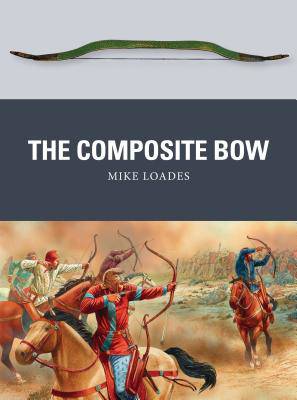
Je cadeautjes zeker op tijd in huis hebben voor de feestdagen? Kom langs in onze winkels en vind het perfecte geschenk!
- Afhalen na 1 uur in een winkel met voorraad
- Gratis thuislevering in België vanaf € 30
- Ruim aanbod met 7 miljoen producten
Je cadeautjes zeker op tijd in huis hebben voor de feestdagen? Kom langs in onze winkels en vind het perfecte geschenk!
- Afhalen na 1 uur in een winkel met voorraad
- Gratis thuislevering in België vanaf € 30
- Ruim aanbod met 7 miljoen producten
Zoeken
Omschrijving
An ancient design, emerging from Central Asia in the second millennium B.C., the composite bow was adopted by a staggering variety of cultures, from nomadic tribal peoples such as the Huns, Turks, and Mongols, to mighty empires such as the Romans, Byzantines, Persians, Arabs, and Chinese. Offering high power and portability, the composite bow was an ideal cavalry weapon, though it was also used by infantry in open battle, and as a siege weapon. In this important study, an expert on Eastern military technology tells the story of this extraordinary piece of military hardware: how it was made and how various cultures developed differing tactics for using it. He explains why the composite bow achieved such stunning successes, and how it endured as a weapon of choice for thousands of years.
Specificaties
Betrokkenen
- Auteur(s):
- Illustrator(s):
- Uitgeverij:
Inhoud
- Aantal bladzijden:
- 80
- Taal:
- Engels
- Reeks:
- Reeksnummer:
- nr. 43
Eigenschappen
- Productcode (EAN):
- 9781472805911
- Verschijningsdatum:
- 23/08/2016
- Uitvoering:
- Paperback
- Formaat:
- Trade paperback (VS)
- Afmetingen:
- 183 mm x 246 mm
- Gewicht:
- 226 g

Alleen bij Standaard Boekhandel
+ 47 punten op je klantenkaart van Standaard Boekhandel
Beoordelingen
We publiceren alleen reviews die voldoen aan de voorwaarden voor reviews. Bekijk onze voorwaarden voor reviews.









